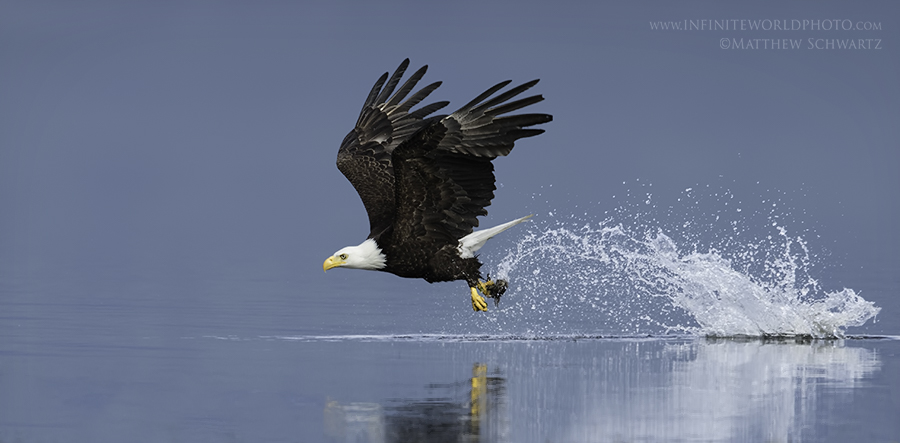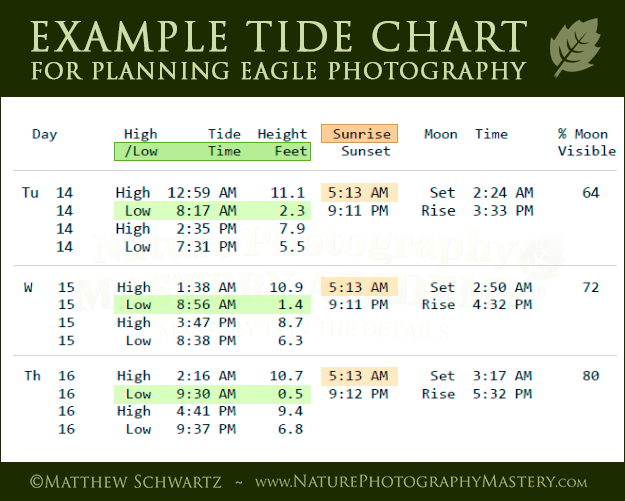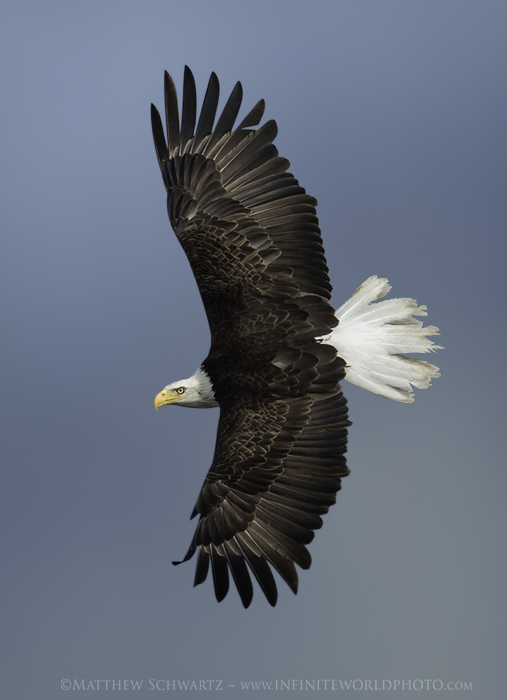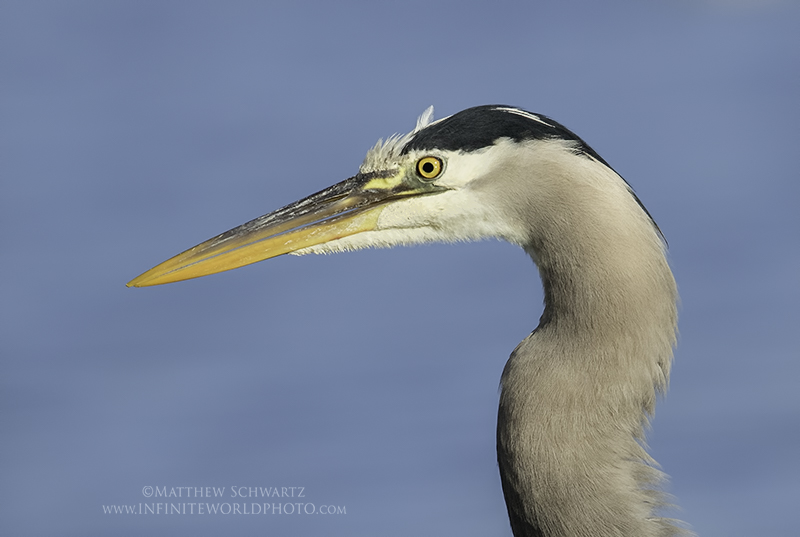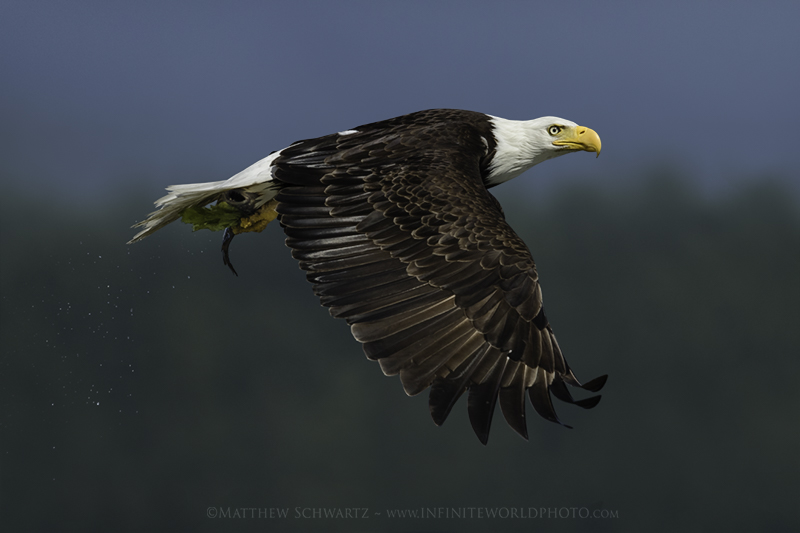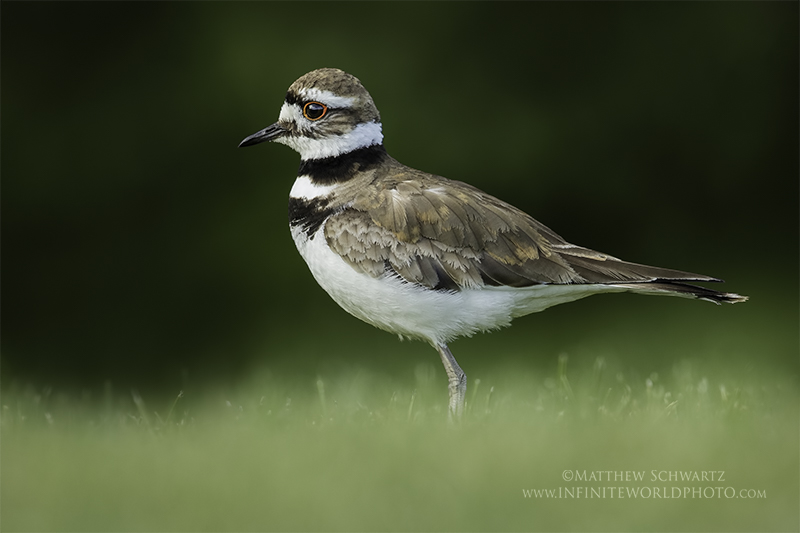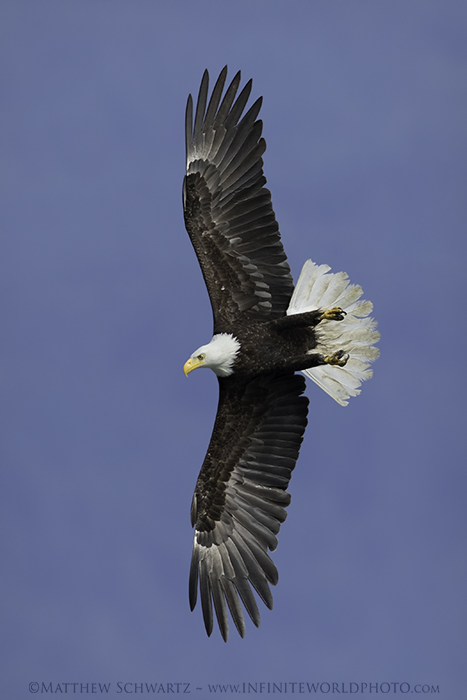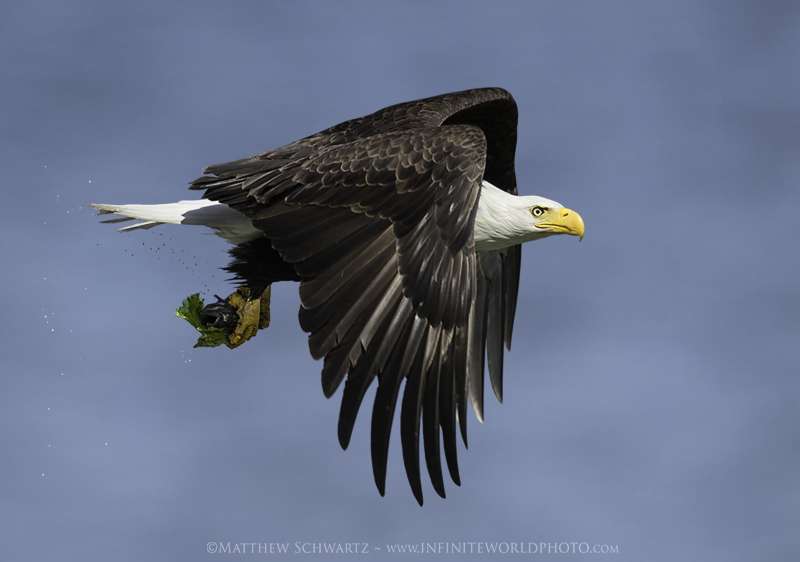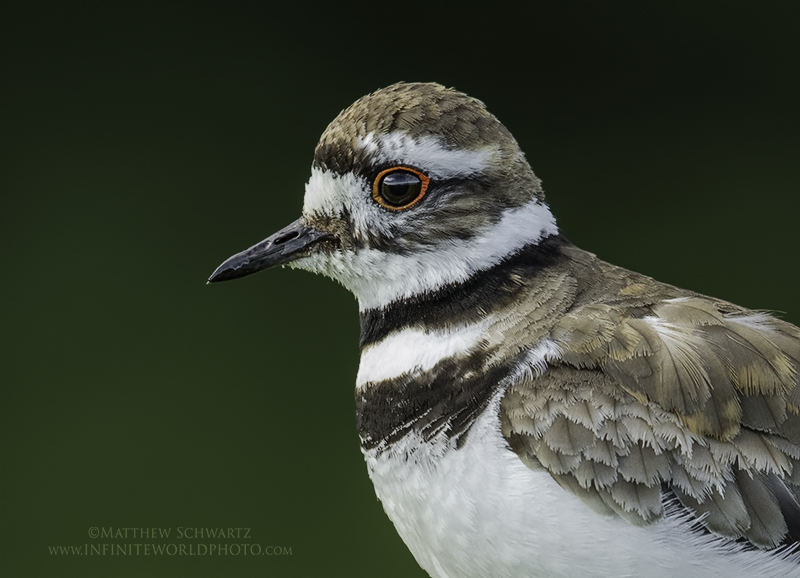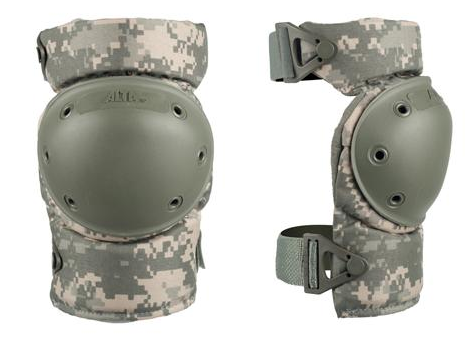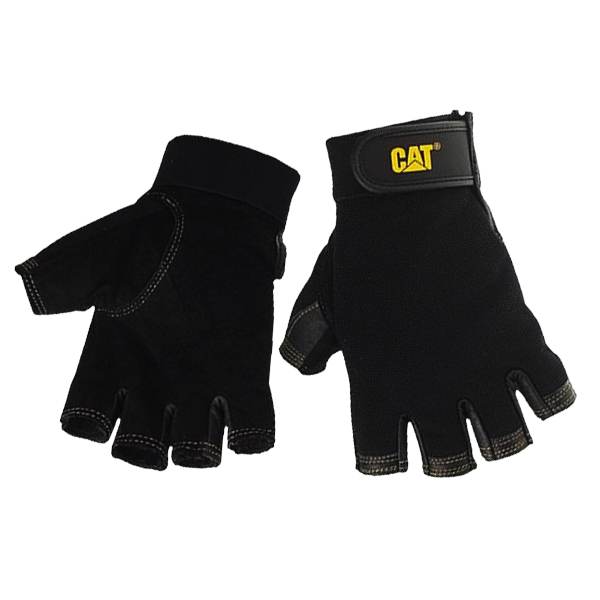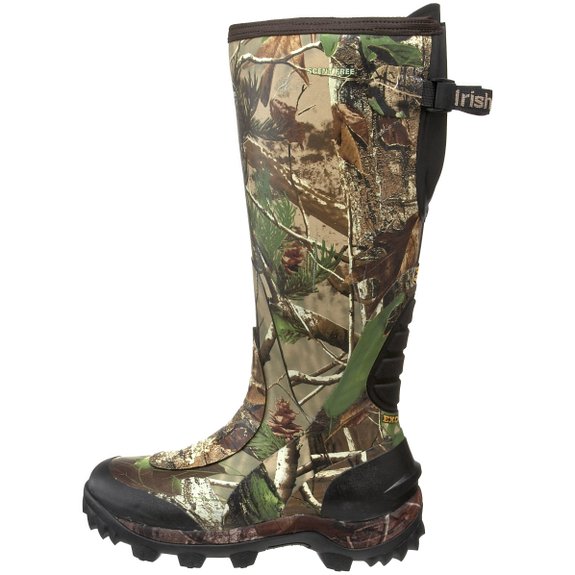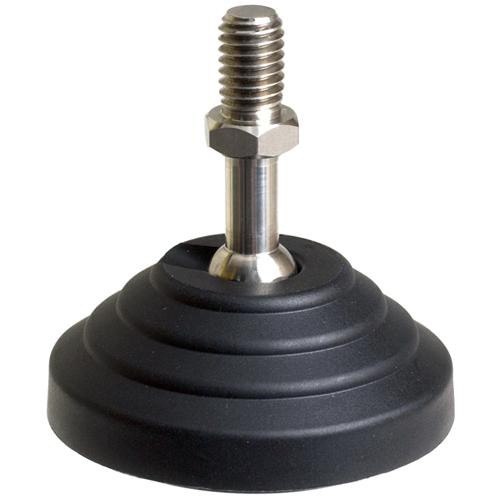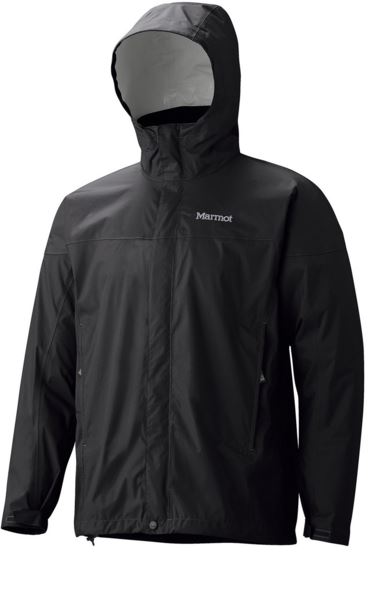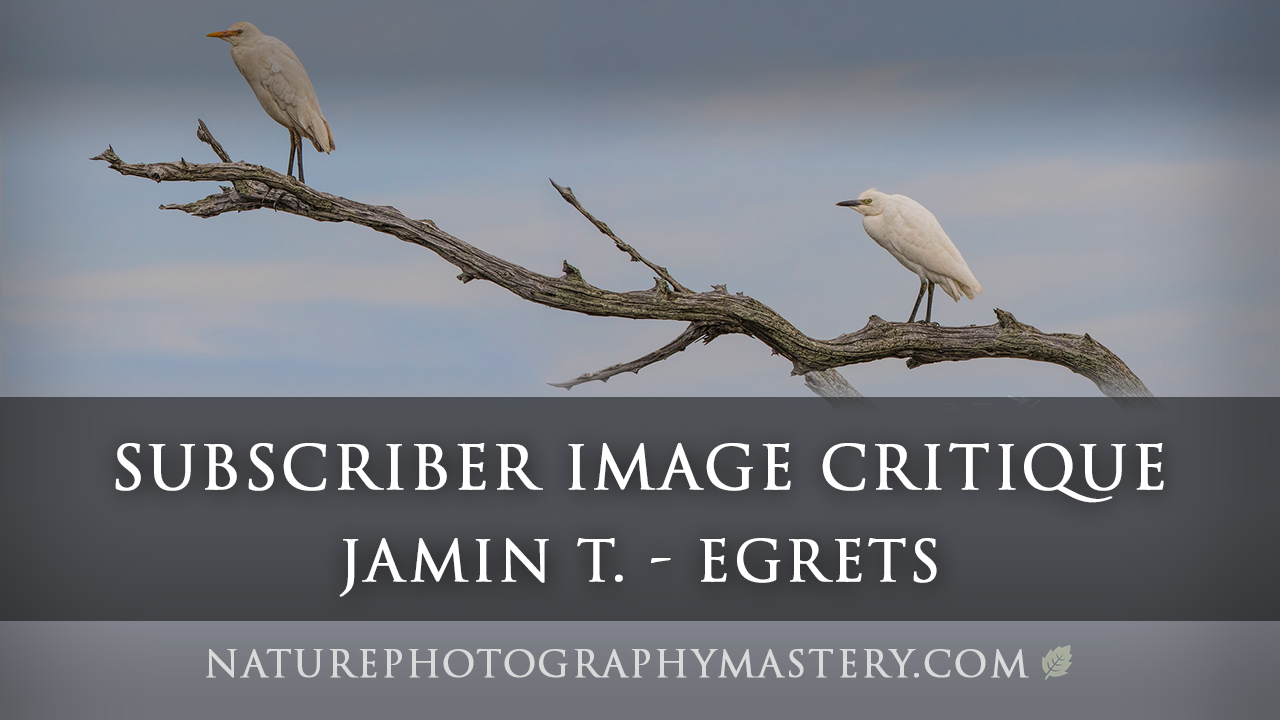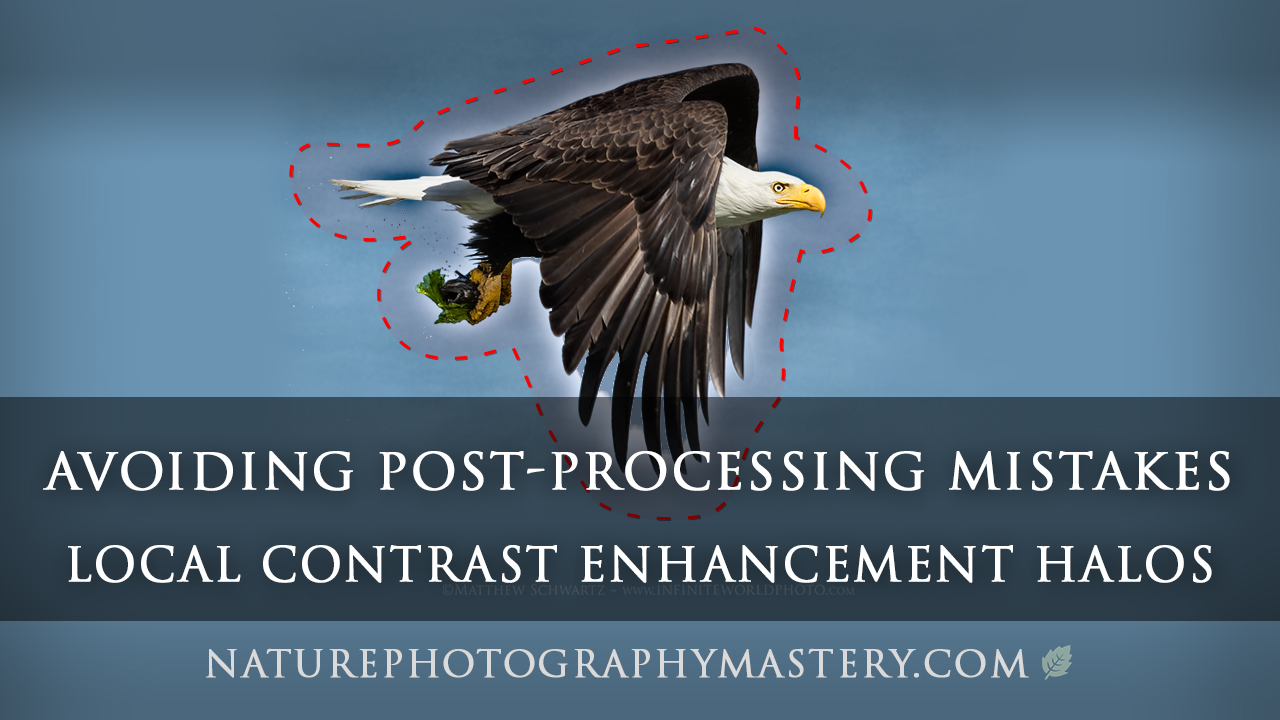[youtube_subscribe_button][youtube_view_link vidlink=”https://www.youtube.com/watch?v=k74UtvoHux4″]
Trip Overview and Goals
In mid June of this year, I took a trip to Hood Canal to photograph Bald Eagles. Hood Canal (which is actually a fjord, not a canal) is part of the Puget Sound, in Washington state. Eagles, herons, gulls, and other birds congregate in this area every spring, when fish are spawning.
The Bald Eagle – Haliaeetus leucocephalus – is a magnificent bird of prey that can have a wingspan over seven feet across. Adults are easily recognized by their plain white head and tail, while juveniles have varying degrees of brown and white mottling.
Bald Eagles often feed by grabbing live fish out of the water with their talons. It’s an awesome and exciting thing to see. First, the eagles fly high above the sea until they spot a fish. Then, often in a dramatic manner, they swoop downward, loop around, and glide just above the water toward their prey. During the approach, the eagle throws its wings backward to slow down, extends its legs forward, and looks down at the water to spot the prey. At the decisive moment, it plunges its talons into the water to seize the fish, then leans forward and flaps its wings for takeoff.
Plainfin midshipman collected in a beach seine by USGS Western Fisheries Research Center scientists while conducting a survey for juvenile surf smelt on Bainbridge Island, WA. Location: Puget Sound, WA, USA
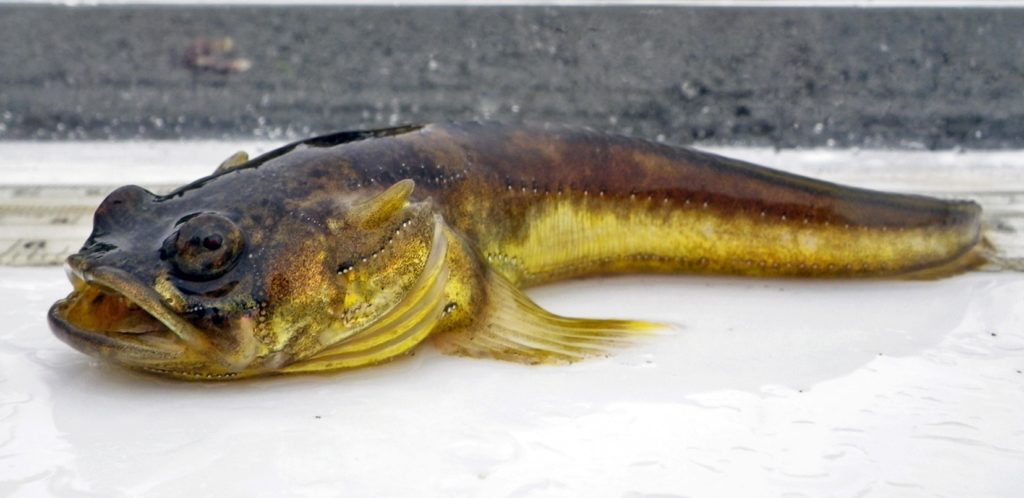
In spring, a common catch is the Midshipman fish – a toadfish in the genus Porichthys. I think these fish look awesome morphologically, but they are also interesting biologically. They have bioluminescent (glowing) photophores, which they use to attract prey. Another unique trait is that their mating depends on auditory communication, via several different vocalizations. A glowing, talking fish!
Research and Planning
Most of the predatory bird activity occurs at low tide, when the fish are more exposed and accessible. I wanted to be shooting photos in the morning, when the light would be softer, as opposed to in the afternoon, when the light might be harsh and contrasty, so I did some research to find the days with low tides in the morning. For the best bird activity, the tide had to be lower than 5 feet. Therefore, I knew that very low tides, at a reasonably early hour, would ensure some action while the light was still acceptable. See the example tide prediction chart.
A Roll Of The Dice Pays Off
As the dates of my trip approached, storms and rain were forecasted. But, the trip was already planned and everything was ready to go, so I decided to take a chance. I enjoyed a ferry boat ride across the Puget Sound on the evening prior to the first morning of shooting. The entire region was shrouded in a foreboding blanket of dark storm clouds, and an occasional rolling thunder could be heard.
Luck was on my side, though, as the weather improved, and the light was quite nice on the first two mornings of shooting. Over the next three days, the weather varied from mostly sunny to cloudy, with periods of decent light here and there. Most of my shooting was done in the early mornings, when the light was soft, and late mornings and afternoons when the occasional cloud came by and diffused the sunlight.
Bald Eagle – Haliaeetus leucocephalus – flying in search of prey above tidelands
Hood Canal area of the Puget Sound in Washington state
It pays to develop your ability to anticipate wildlife behavior. By watching animals, understanding them, seeing patterns, and guessing what might happen and when, you can fire bursts of shots around those decisive moments. By watching the eagles’ flight patterns and body language, I could estimate when they might bank, thereby allowing me to capture dramatic poses.
Great Blue Heron – Ardea herodias – Close up portrait
Hood Canal area of the Puget Sound in Washington state
There were many Great Blue Heron, or GBH, in the area. They were feeding alongside gulls and crows, and had the occasional run-in with an eagle. I never hesitate to take photos of animals that are very common; just because we’ve seen them thousands of times doesn’t make them any less beautiful. Always watch your exposure on the white feathers of a heron, especially when in bright light, as it’s easy to overexpose and blow out the highlights.
Observations
I witnessed a lot of great animal behavior on this trip, including:
- Eagles flying high, flying low, and making fishing passes.
- Eagles interacting, fighting, and playing.
- Eagles and other birds feeding by scavenging
- Birds stealing food from each other.
- Herons spearing fish with the typical jabbing method
- Purple Martins building nests and singing
- Killdeer adults walking their chicks on the beach
Several other notable occurrences were:
- An eagle that swooped in like a ninja on a Great Blue Heron and snatched a fish right out of its beak, before it even knew what happened
- An eagle that dive bombed a group of seagulls on the tidelands
- An eagle that caught a fish and then devoured it while hovering in midair
There were some periods of atmospheric distortion. It’s caused by thermal waves in the air, which can make AF malfunction, and often makes images look blurry. The farther away the subject is, the more pronounced the effects will be. Sometimes you have to wait it out, move to a new location, wait for a closer subject, or keep shooting and hope you get through a clear patch on some shots.
Bald Eagle – Haliaeetus leucocephalus – in flight after catching a Midshipman fish from the water
Hood Canal area of the Puget Sound in Washington state
Literally seconds before this image was taken, I was changing my camera battery. Just as I was closing the battery hatch, a fellow photographer called out “Eagle overhead!” I looked up to see the eagle swooping down toward the water at a close distance. I frantically searched through the viewfinder, trying to spot the quick-moving eagle, through the narrow field of view, with just a split second to react. Just in time, I obtained a visual, locked on focus, and began burst firing. This reinforces the point that wildlife photography is unpredictable, many of the best moments are fleeting, and if you are not skilled and efficient at what you’re doing, you’re bound to miss a lot of shots.
Always keep a fresh battery (and memory card) in an easily accessible outside pocket of your coat or backpack – don’t be caught off guard while digging through a bunch of internal pockets and other gear. The goal is to minimize the time it takes to find the battery and swap it out, as well as minimize the amount of time you’re looking away from the subject.
A Plover shorebird, the Killdeer – Charadrius vociferus – foraging for worms in a grassy area
Hood Canal area of the Puget Sound in Washington state
There was a grassy embankment nearby, on which this cute Killdeer kept zipping around. It darted here and there, occasionally pausing and making the distinctive Killdeer peeping sounds. Because the grassy area was raised up five feet above the sea, I was able to get this “low point of view” without laying on the ground. The Killdeer did make me work for the shots though, because initially it was quite suspicious of me. I slowly made my way to a corner in the embankment wall, backed up against it, then waited patiently for the bird to become comfortable with me. After a while, it decided I was not a threat, and continued foraging for worms. This illustrates the importance of understanding animal psychology, respecting their well-being, and being patient.
Don’t Blindly Follow The Crowd
There were groups of photographers that were standing in the same areas for a long time, even as conditions and animal activity changed. It seemed to me that there were other spots that might be better. After moving to a new spot, I got some decent eagle fly bys and photo opportunities, which I would have missed if I hadn’t thought critically about the situation, and followed my instincts. Don’t always follow what other photographers are doing; think for yourself, use your knowledge, and act accordingly.
Bald Eagle – Haliaeetus leucocephalus – in flight after catching a Midshipman fish from the water
Hood Canal area of the Puget Sound in Washington state
It was an exciting experience when this eagle flew past me in close proximity. Close fly bys are challenging because it’s more difficult to spot the subject, and their speed is relatively faster compared to a more distant subject, therefore requiring faster panning and tracking. Additionally, the depth of field will be shallower, relatively, so focus is more important, and a smaller aperture is ideal.
The Extra 10%
On the last day of the trip, after a long morning of shooting, the eagle activity had really died down. Typically, when the tide is very low, the eagles sit far out in the tidelands and gorge themselves on fish. As the tide comes in, they fly off and perch high up in the trees. The tide had already come back in a lot, and there was a thick cloud cover developing. So, nearly all of the other photographers had left.
I stayed around to eat some lunch, relax, enjoy the scenery, and see if something unexpected might happen. Out of nowhere, the eagle action kicked into overdrive. I threw my food down and got back into photography mode. Just about every eagle in the area starting flying around, and they were making very close fishing passes near the shore. I theorized that as the tide was coming up, the fish were swimming back into the shallows along with it, making them easier targets. The light was awful, so I didn’t get any images worth showing, but there was a lot of exciting activity to watch.
When it got blustery, I grabbed my gear and went back to my car. Just as I got in the car, it began to rain. I was able to finish eating my lunch from the comfort of my vehicle, while hearing the rain tapping on the metal, and watching eagles fly overhead. It was a fun and memorable ending to the trip. This goes to show that even when most people call it a day, and you may even want to do so, sometimes it pays to stick around and see what happens. It’s often in that extra 10% of effort and patience that magic happens.
A close up portrait of a Plover shorebird, the Killdeer – Charadrius vociferus
Hood Canal area of the Puget Sound in Washington state
The Killdeer approached so close to me that I was unable to fit the small bird in the frame completely. This was great, because it afforded me the opportunity to do minimal cropping and come up with a beautiful close up portrait.
Conclusion and Recommendations
This was an extremely enjoyable trip, with a lot of awesome wildlife, fun experiences, good lessons, and some images which I’m very happy with. I’m also pleased with how the weather turned out, given the grim forecast in the days leading up to the trip. This was the second year in a row that I’ve hit Hood Canal for eagles, and it will definitely not be the last.
Lessons this trip can teach
- Weather and other factors may be deceiving at first. Sometimes you need to take a gamble – it won’t always work out, but when it does, you’ll be thankful you chanced it.
- Sometimes it’s not over till it’s over. Give 110% effort and patience, and you never know what might happen.
- Don’t always follow what other photographers are doing. Think for yourself and trust your instincts.
- For wildlife photography, always be prepared for anything, at any moment
- Keep an extra battery and memory card easily and quickly accessible, to minimize the time spent looking away from the subject and making the swap.
Key Skills For Photographing Birds In Flight (and some tips)
I recommend that you first develop your bird in flight skills on common and easy subjects, such as herons and seagulls. Make sure you have these skills nailed down, especially prior to going on a critical shoot or trip, and whenever you get new equipment.
Spotting a fast moving subject through the viewfinder
- This is especially challenging when working with long focal lengths, which have a narrow field of view, and are more difficult to physically handle than small lenses.
- Begin moving the lens in the same direction as the subject is moving, and at the same time, peek through the viewfinder. Keep moving the lens. If you don’t spot the subject, peek over the lens barrel and try to aim again, then peek through the viewfinder. Remember to always keep moving the lens. With practice, you’ll be able to quickly spot a moving subject.
- After spotting, move to panning (below).
Panning with a moving subject
- Practice panning, handheld, as well as on tripod (preferably with a gimbal head such as a Wimberley). Try to pan smoothly, at the same speed and direction as the subject.
- While panning, begin focusing, and when focus is acquired, press the shutter as desired.
Using proper settings for gear and exposure
- I only use, and recommend, Manual mode. Be sure to expose for the highlights, such as white feathers.
- Use a fast shutter speed (at least 1/2000s, faster is better), adequate f-stop (depends on subject size, distance, and focal length being used), and continuous autofocus (AI Servo on a Canon DSLR)
- Use a single AF point so you can be sure the focus will be exactly where you want it (the bird’s eyes)
- I recommend using Back Button Focus, and focus bumping when needed.
- High speed drive bursts will give you more wing positions and decisive moments to choose from when processing images
Developing Anticipation
- Research and understand your subject
- Observe the subject carefully and patiently
- Watch flight patterns, body language, feeding, and other behavior
- Perceive small distinctions, such as specific body language that precedes a particular behavior
- Based on your knowledge, perceptions, and instincts, you can anticipate decisive moments
A Few Tips For Beach Photography
- Wear tall rubber boots for walking on tidelands, mud, and sand
- Wear tough gloves and kneepads to protect yourself from barnacles, oysters, and other sharp objects. I heard of a photographer that fell on an oyster bed, sliced his wrist open, and was urgently rushed to the hospital
- If available for your tripod model, use specialized foot baskets or cups to reduce sinking in mud
- Keep a few cotton rags and a large paint brush in your car for cleaning your tripod. If your tripod legs get mud or sand on them, thoroughly clean them off before attempting to collapse them. If you get grit in the leg joints or collars, you could cause serious damage.
- When appropriate, wear sunblock, a sun hat, and other protective clothing
- Bring a jacket, even on a sunny day, because beaches can often be windy
Links / References / Appendices
Panorama image of the Olympic Mountains taken from Hood Canal with a telephoto lens.

